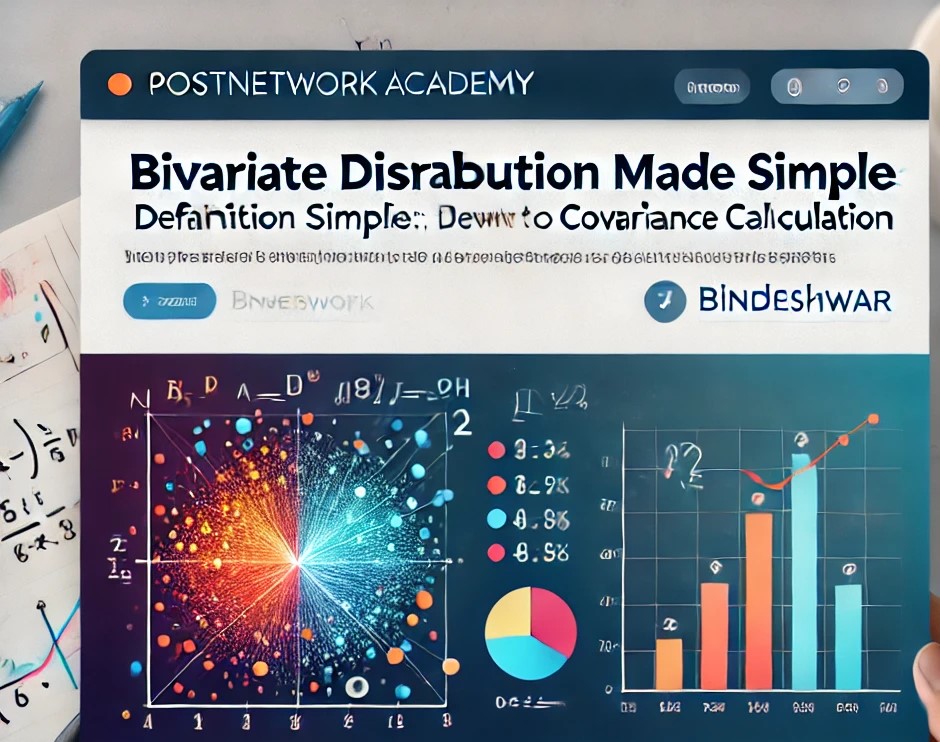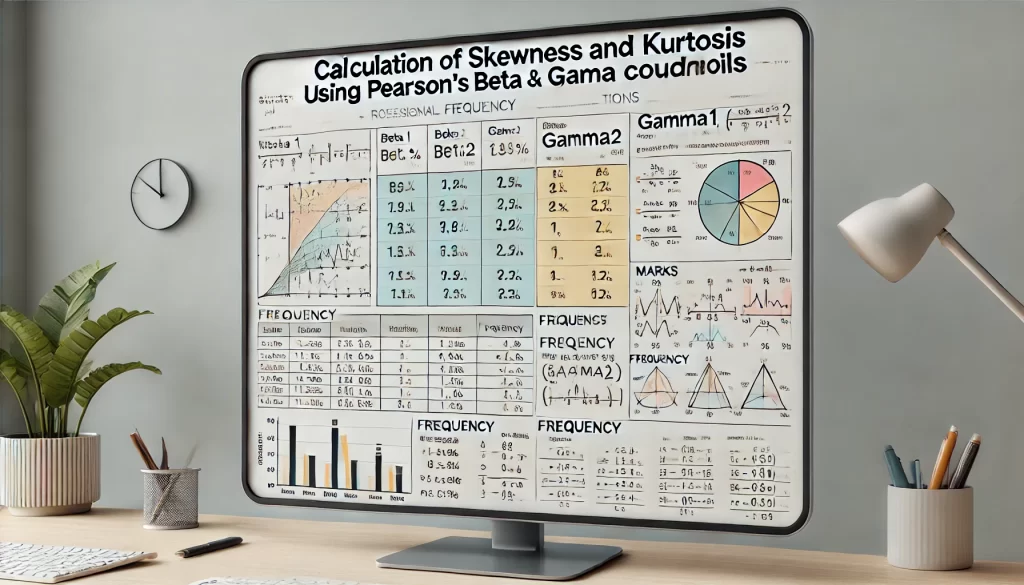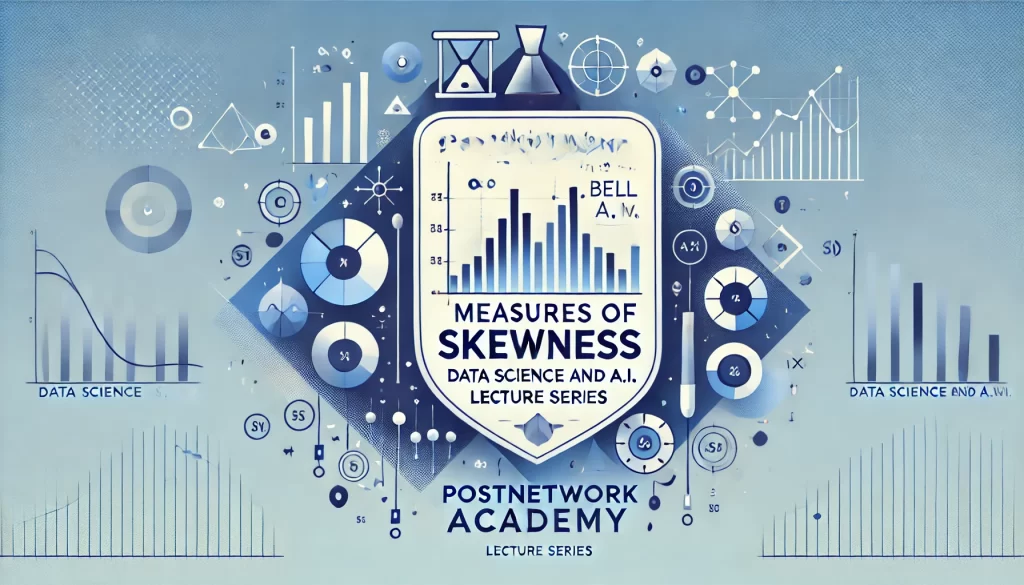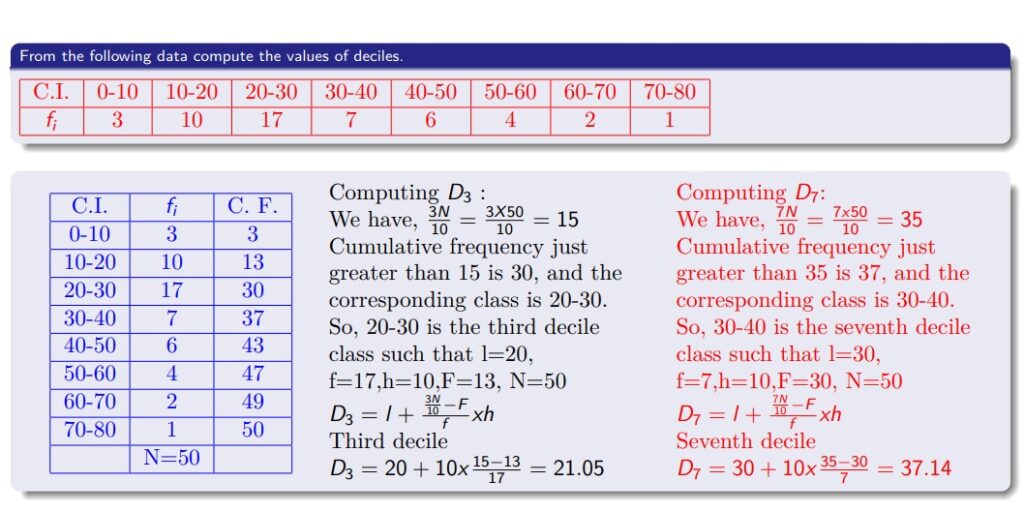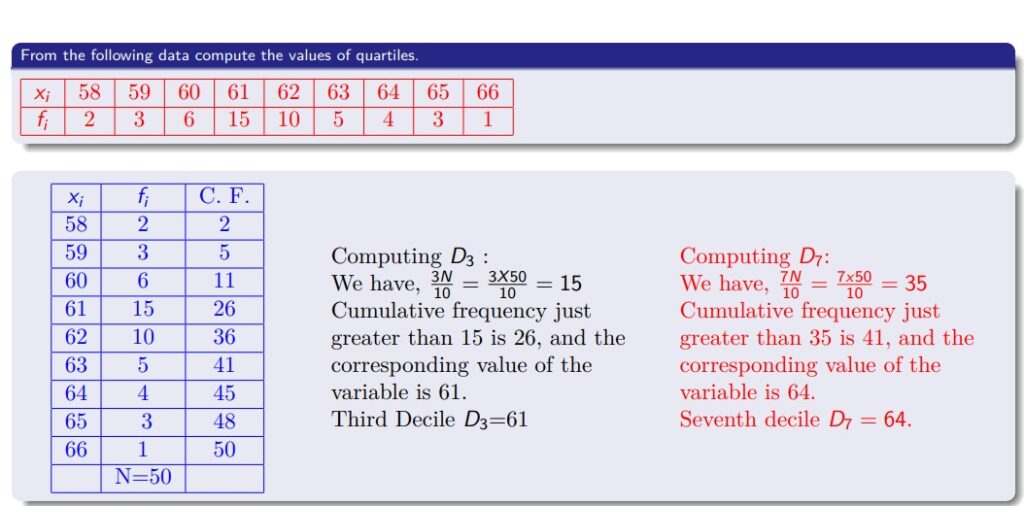Covariance Explained: Change of Origin vs. Scale Made Simple!
Covariance Explained: Change of Origin vs. Scale Made Simple! Welcome to PostNetwork Academy’s Data Science and AI Lecture Series! In this post, we’ll explore the mathematical concept of covariance and how it behaves under changes of origin and scale. Let’s break it down step by step. Theorem: Covariance Independence We aim to prove that: Covariance […]
Covariance Explained: Change of Origin vs. Scale Made Simple! Read More »

